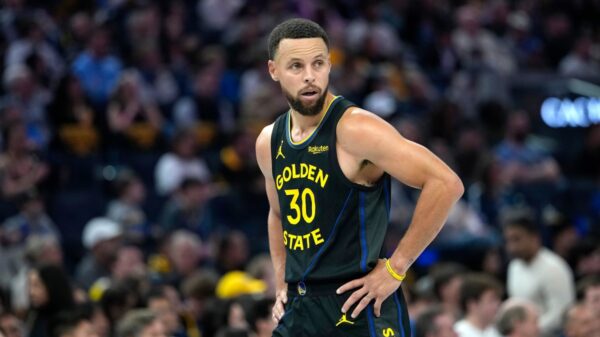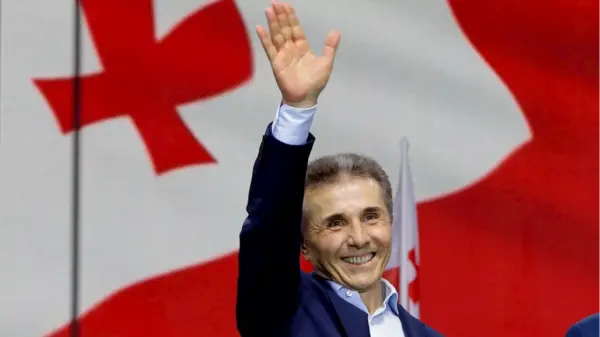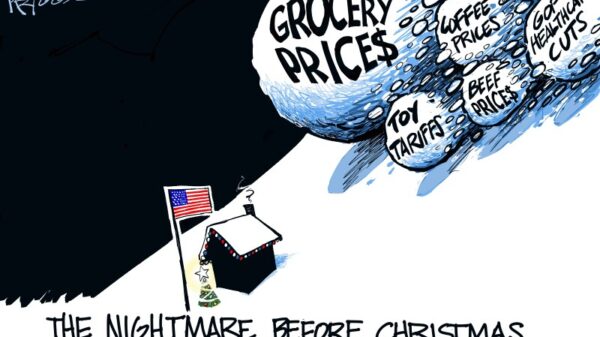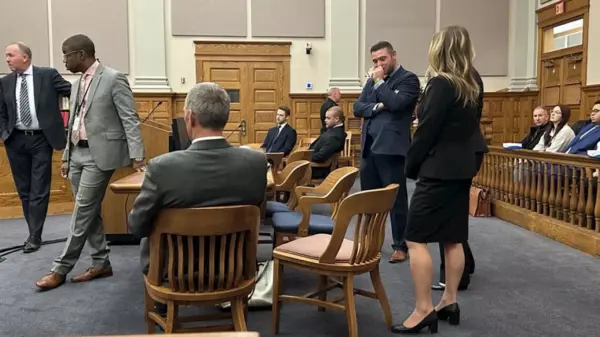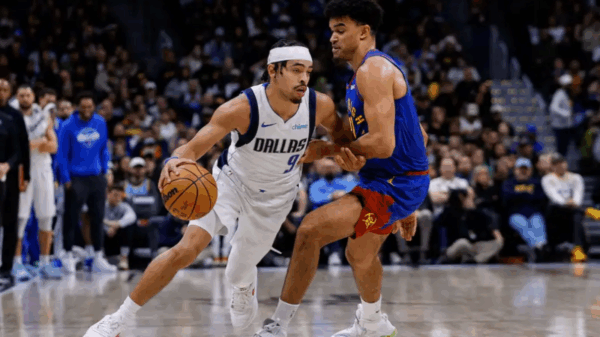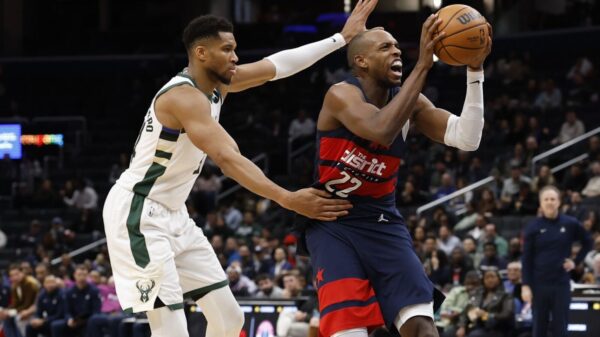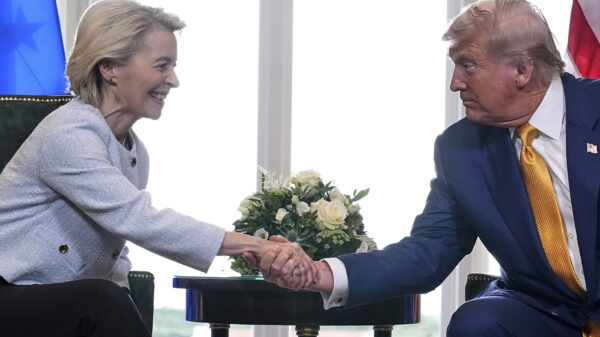Milwaukee Bucks General Manager Jon Horst has made headlines this offseason with decisions that have drawn mixed reactions from analysts and fans alike. Most notably, the decision to waive and stretch the salary of star player Damian Lillard has positioned Horst as a controversial figure among his peers. Critics argue that these bold moves could hinder the Bucks’ ability to capitalize on Giannis Antetokounmpo’s prime and maintain competitiveness in a challenging NBA landscape. However, a deeper examination of this offseason reveals a more strategic approach, one that aligns with the financial realities imposed by the NBA’s new collective bargaining agreement (CBA).
Reassessing the Lillard Decision
The choice to waive Lillard was undoubtedly a polarizing one. Initially, the pairing of Lillard and Antetokounmpo appeared to create a formidable duo. Yet, injuries and Lillard’s defensive shortcomings prompted the Bucks to reconsider their strategy. By opting to stretch Lillard’s remaining contract, the Bucks managed to distribute his salary impact over several years, thus creating valuable cap space for future roster enhancements. This unconventional decision has been interpreted by some as a signal of uncertainty regarding the franchise’s direction. Yet, in a league where financial maneuverability is increasingly crucial, this move may represent a strategic recalibration rather than a retreat.
Navigating the Challenges of the New CBA
The recent changes to the CBA impose strict penalties on teams that exceed the second luxury tax apron, complicating the landscape for small-market teams like Milwaukee. The Bucks faced the pressing need to adapt to these financial constraints while building a championship-caliber roster around Antetokounmpo. By waiving and stretching Lillard’s contract, Horst not only alleviated immediate financial pressures but also positioned the team to pursue further strategic additions.
With this newfound flexibility, Milwaukee made significant signings, including Myles Turner, who brings elite shot-blocking and floor-spacing capabilities to the team. Turner’s presence helps offset the loss of Brook Lopez, offering a solid defensive option that complements Antetokounmpo’s dynamic style. Additionally, the Bucks secured valuable depth by signing young guard Cole Anthony and experienced veterans like Gary Harris and Taurean Prince. Retaining critical players such as Bobby Portis and Gary Trent Jr. further solidifies the team’s leadership and offensive reliability.
The overall reshaping of the roster emphasizes balance and versatility, reducing the risks associated with relying solely on a few high-profile players. This strategic pivot stands in stark contrast to the approach many teams might take under similar circumstances, which often involves pouring resources into star talent at the expense of depth.
Looking Ahead: A Sustainable Strategy
What distinguishes Horst’s offseason decisions from those of his counterparts is their forward-thinking nature. While many franchises might double down on star power, Horst is prioritizing sustainability in an era where the consequences of financial excess are more pronounced than ever. By focusing on depth and maintaining salary cap flexibility, the Bucks are positioning themselves for long-term success in a competitive league.
While the decision to waive Lillard may not have been universally embraced, it reflects a willingness to embrace change rather than cling to the past. For the Bucks, this offseason is not merely about pursuing another championship in 2025. It is about establishing Milwaukee as a destination where Antetokounmpo can thrive for the remainder of his prime.
As discussions around the Bucks’ strategy continue, critics often overlook the rationale behind these bold moves. The decision to stretch Lillard’s salary and the departure of Brook Lopez were not made to appease fans but rather to adapt to the pragmatic realities facing the franchise. The paradox for NBA front offices is that radical moves can be criticized without acknowledging the necessity behind them.
In conclusion, Jon Horst’s approach this offseason deserves to be evaluated not through the lens of controversy but as a calculated response to the evolving dynamics of the league. While it remains to be seen whether this revamped Bucks roster will yield immediate success, Horst’s willingness to innovate and adapt is noteworthy in an environment that increasingly values flexibility. As the season approaches, only time will tell if this offseason will be remembered as a pivotal moment for the Milwaukee Bucks.






